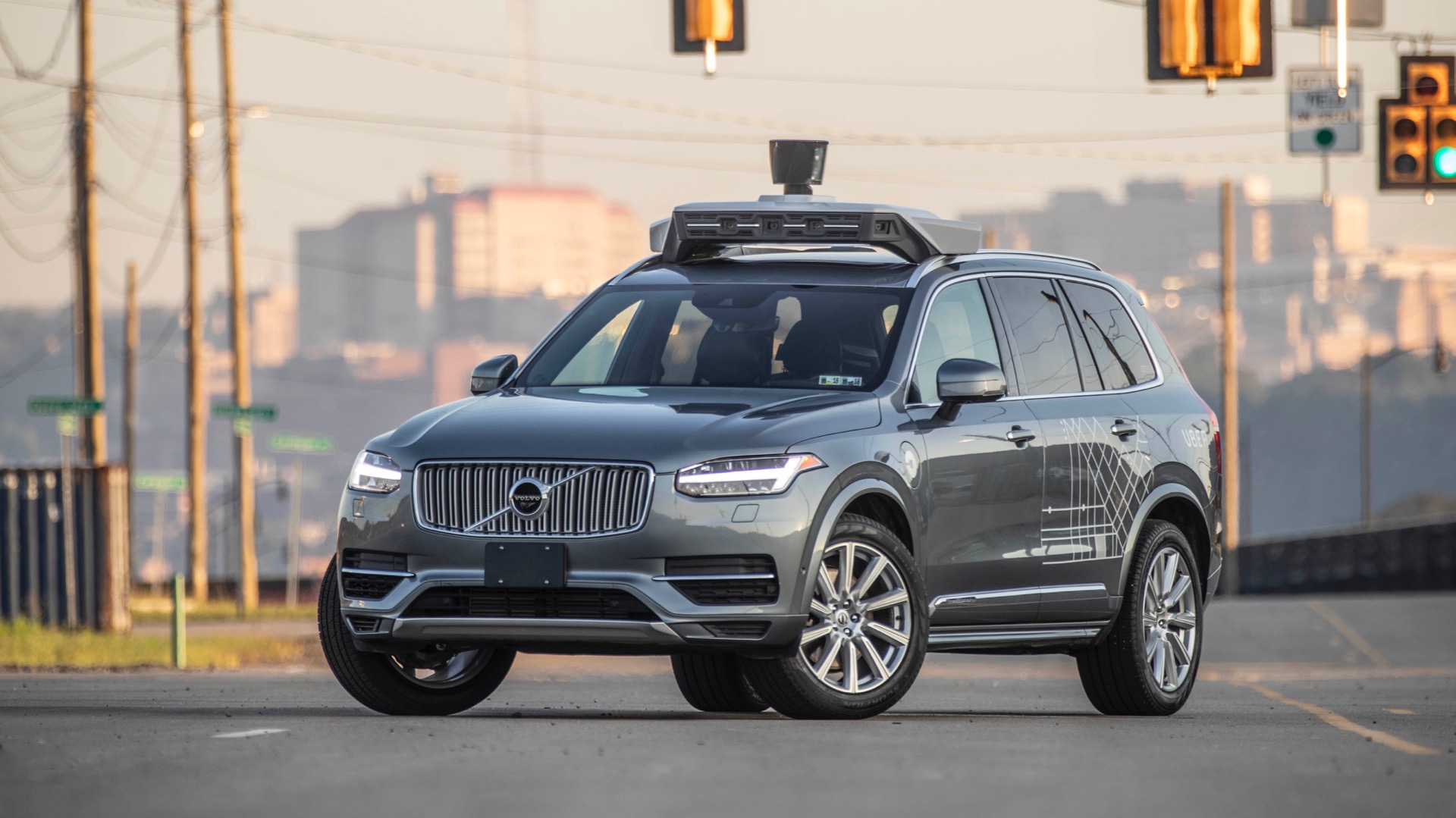

Uber self-driving cars have returned to public roads in a diminished capacity, nine months after one of them struck and killed a pedestrian in Arizona. However, cars will operate under many restrictions nowadays.
The Pennsylvania Department of Transportation (PennDOT) granted Uber permission to resume testing earlier this week. Cars will only operate on a one-mile loop in Pittsburgh. That’s where Uber’s Advanced Technologies Group (ATG), which runs the autonomous-driving program, is headquartered.
Just two cars are operating right now, each with two human safety drivers (Uber refers to them as “mission specialists”) onboard, according to The Verge. While cars did previously pick up some passengers in Pittsburgh, that practice has reportedly been suspended. Uber previously said cars would be limited to 25 miles per hour, and wouldn’t operate at night or in the rain.
But cars may even have trouble performing under these conditions. The New York Times reported that cars were failing to meet internal benchmarks as recently as a few weeks ago. Internal Uber emails cited by the newspaper warned that the reaction times of cars were 20 percent slower than those of human drivers.
Uber is trying to recover from the first known fatal crash involving a self-driving car. In March, one of Uber’s modified Volvo XC90 test cars struck 49-year-old Elaine Herzberg as she was pushing a bicycle across a street at night in Tempe, Arizona. The car only had one human safety driver onboard, who was reportedly streaming television at the time. Uber was also criticized for disabling the factory-installed autonomous emergency braking system, and a recent report indicates executives may have ignored warnings from a manager about safety issues.
Uber’s self-driving car program has idled following the crash, although the company did score a $500 million investment from Toyota in the intervening months. Meanwhile, Waymo has launched a commercial ride-hailing service in Arizona using its prototype autonomous cars. Uber and Waymo were once neck and neck in the race to develop self-driving cars, but Waymo now has a clear advantage.